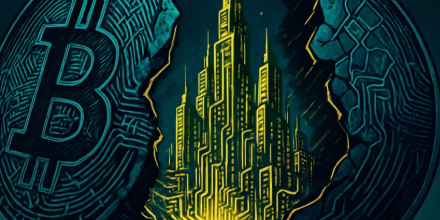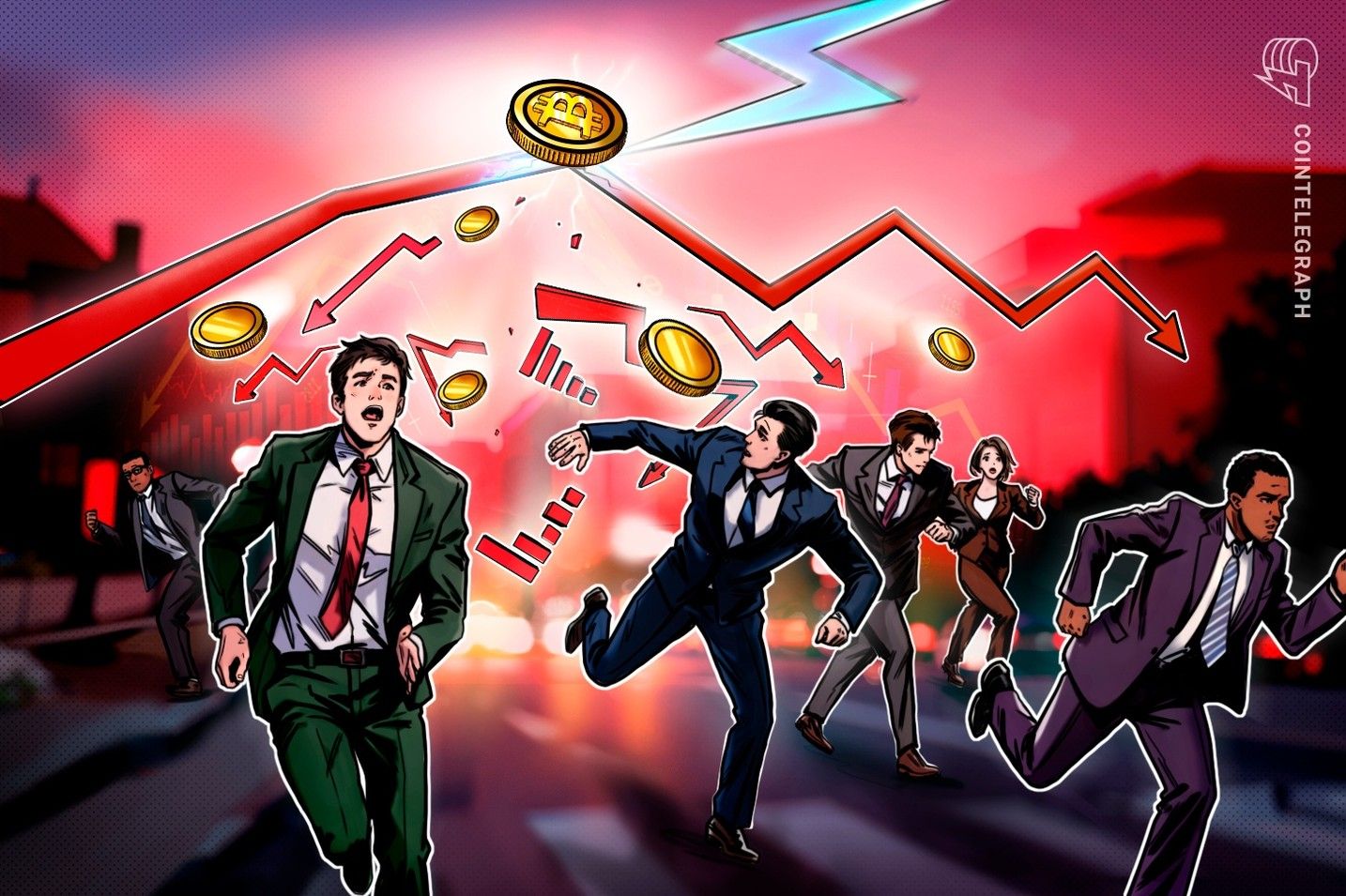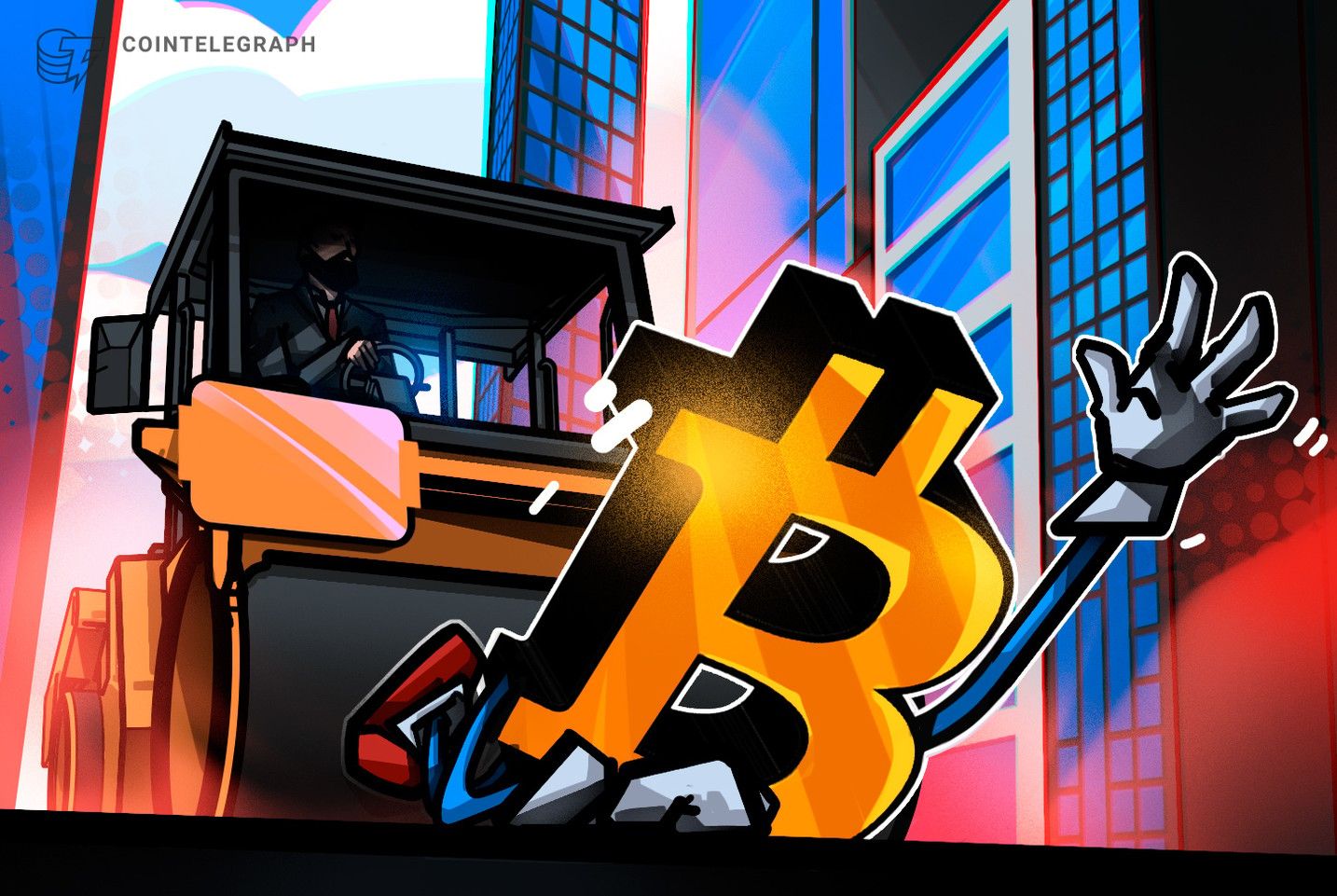Pump.fun’s Aggressive Buybacks and the Strategic Case for PUMP Token Appreciation
- Pump.fun’s buyback program uses 30% of fees to repurchase and burn PUMP tokens, with 60% destroyed and 40% as staking rewards. - The platform dominates 77.4% of Solana memecoin trading volume, leveraging buybacks to stabilize prices amid market volatility. - Aggressive buybacks reduced PUMP’s supply by 0.766% since July 2025, creating algorithmic scarcity but facing risks from declining revenue and lawsuits. - Strategic initiatives like the Glass Full Foundation aim to sustain growth, though financial st
In the volatile world of memecoins, Pump.fun has emerged as a standout player, leveraging tokenomics-driven strategies to stabilize and elevate the value of its native PUMP token. By allocating a significant portion of its protocol revenue to buybacks and burns, the platform has created a deflationary mechanism that aligns with broader market demand for scarcity-driven assets. This article examines the structural design of Pump.fun’s buyback program, its impact on supply dynamics, and the strategic rationale for PUMP’s potential appreciation in the Solana memecoin ecosystem.
Tokenomics-Driven Value Creation
Pump.fun’s buyback program is anchored in a revenue-sharing model where 30% of protocol fees are allocated to repurchasing PUMP tokens, with 60% of these tokens burned and 40% distributed as staking rewards [1]. This dual approach not only reduces circulating supply but also incentivizes long-term participation through yield generation. For instance, in late August 2025, the platform spent $58.13 million on buybacks, reducing the circulating supply by 4.261% and injecting $43.4 million into the ecosystem [2]. The average repurchase price of $0.0045—higher than the current market price of $0.0038—suggests a deliberate effort to acquire tokens at a discount, amplifying the burn’s deflationary impact [3].
The program’s effectiveness is further amplified by Pump.fun’s dominance in the Solana memecoin sector. The platform captures 77.4% of trading volume and 62% of sector revenue, creating a flywheel effect where increased liquidity attracts more users and developers [1]. This network effect is reinforced by initiatives like the Glass Full Foundation, which reinvests revenue into community projects and liquidity pools, fostering a self-sustaining ecosystem [4].
Market Impact and Price Dynamics
The buyback strategy has already yielded measurable results. Between July and August 2025, PUMP’s price rose 4% to $0.003019, despite a 92% decline in daily revenue to $533,410 [1]. This resilience highlights the program’s ability to stabilize price volatility in a sector prone to speculative swings. However, the sustainability of this model hinges on reversing the revenue decline and diversifying income streams. For example, a $12 million single-day buyback in August 2025—equivalent to 99.32% of the platform’s $10.66 million weekly revenue—underscores the financial strain of maintaining aggressive repurchase rates [2].
Critically, Pump.fun’s tokenomics model has outperformed peers by prioritizing supply reduction over speculative hype. While many memecoins rely on viral trends, Pump.fun’s structured approach creates a baseline of demand through algorithmic scarcity. This is evident in the 7.4 billion tokens burned since July 2025, representing 0.766% of the total supply [3]. Such metrics suggest a long-term value proposition that transcends short-term market noise.
Strategic Risks and Market Realities
Despite its successes, Pump.fun faces significant challenges. A 744 million token sell-off in August 2025 and ongoing U.S. class-action lawsuits alleging unregistered securities activity introduce regulatory and liquidity risks [4]. Additionally, the platform’s reliance on buybacks to prop up price could falter if trading volume declines further or if competitors adopt similar strategies.
Conclusion
Pump.fun’s buyback program represents a novel application of tokenomics in the memecoin sector, blending deflationary mechanics with community-driven incentives. While the platform’s dominance in Solana’s ecosystem and strategic initiatives like the Glass Full Foundation provide a strong foundation, investors must weigh these advantages against financial sustainability risks. For those who believe in the long-term viability of algorithmic scarcity models, PUMP offers a compelling case study in tokenomics-driven value creation.
Disclaimer: The content of this article solely reflects the author's opinion and does not represent the platform in any capacity. This article is not intended to serve as a reference for making investment decisions.
You may also like
IOTA partners with top global institutions to build Africa’s “digital trade superhighway”: a new $70 billion market is about to explode
Africa is advancing trade digitalization through the ADAPT initiative, integrating payment, data, and identity systems with the goal of connecting all African countries by 2035. This aims to improve trade efficiency and unlock tens of billions of dollars in economic value. Summary generated by Mars AI. The accuracy and completeness of this summary are still being iteratively updated.

Panic selling is all wrong? Bernstein: The real bull market structure is more stable, stronger, and less likely to collapse
Bitcoin has recently experienced a significant 25% pullback. Bernstein believes this was caused by market panic over the four-year halving cycle. However, the fundamentals have changed: institutional funds such as spot ETF are absorbing the selling pressure, and the structure of long-term holdings is more stable. Summary generated by Mars AI. The accuracy and completeness of this content are still being iteratively improved.

Young Bitcoin holders panic sell 148K BTC as analysts call for sub-$90K BTC bottom

Rare Bitcoin futures signal could catch traders off-guard: Is a bottom forming?
